Even if your heart tries to pull its broken self together to tell you it’s for the best, and your head – foggy and sad – tells you the pain will pass, the agony of a breakup can be relentless. When you’re recovering from a breakup, it’s important not to hurry things along – it’s your time to reset, recharge and draw wisdom from the experience – but what if your healing could be strong and complete … and quicker? Science may have just found the way.
New research has found that broken-hearted ones who reflected more on their relationships over a nine week period had a stronger overall recovery from their breakup.
An important part of the healing is a process called ‘self-concept reorganisation’, which involves rebuilding and strengthening the sense of who you are, independent of the relationship.
[bctt tweet=”What if your healing from a breakup could be stronger and quicker? Science may have found the secret … http://wp.me/p5hkQx-lk”]
Relationships have a profound impact on the beliefs we have about ourselves, whether we realise it or not. During the course of a relationship, it’s very normal to ‘intertwine’ with a partner. Goals and directions change, as well as wants and needs for now and the future.
This isn’t because you lose yourself, though certainly that can happen, but because intimacy involves opening up to another person – opening up to their love, wants, needs, feelings, opinions, love, goals, dreams. When that happens, you can’t help but be influenced and eventually move in the same direction. Sometimes that involves adjusting your own sails. It’s all a healthy part of being with someone fully, and part of the unpredictable magic of relationships.
A breakup means the undoing of this merging, which is painful to go through. However strong and independent a person may be, the fracturing of a relationship can also mean the fracturing of the self-concept. One of the most painful parts of a breakup is that it up-ends things as you’ve come to know them. The familiar is gone, plans are changed and the future all of a sudden has too many blank spaces where happy things used to be.
[irp posts=”1144″ name=”Dear Broken Hearted One … When You’re In The Thick of a Break-Up.”]
Part of the healing is re-establishing who you are without your partner. Anything that can repair and re-strengthen the self-concept, will accelerate healing.
So, to get you back to strong, based on science …
-
Talk. Go on. Go for it.
There are a couple of ways that talking about a breakup might help to facilitate healing. The first is that talking about the relationship will help to bring a different perspective to things. It’s not called a ‘breakup’ because it’s working well. Being in love or being in like-a-lot can blur things, hide things and dress things up, sometimes at the cost of clarity. There will be a level of insight that will throw itself at your feet when you talk about the relationship from a more distant perspective.
-
Find your story.
Talking helps to construct a story of the relationship that gives meaning to the experience – including the experience of the relationship, the breakup, and perhaps most importantly for healing, the recovery. Let me explain …
If you tell the story of your breakup as one of rejection and a lost happy ever after, recovery will be slow, kind of like ‘walking through quicksand’ type of slow. It’s really easy to get stuck in this narrative when the thoughts are locked in your head and want to be with you at 2am. On the other hand, talking to people in your tribe will help you find a way to understand your story from a position of strength. This might involve finding the lessons, the learning and reframing the experience as, say, an ending, rather than a rejection.
-
An emotional release – journalling.
Having an emotional release is an important part of healing. Journalling is one way to do this as it allows you to capture and give definition to the thoughts and feelings that are swirling around inside. Journalling doesn’t have to be done every day to have an effect. Even a few times a week will help the healing.
-
Write – as though you’re talking to a stranger.
Writing repeatedly about the process of the breakup as though speaking with a stranger about it, is another way to move towards healing. As well as being an emotional release, it also encourages a fresh perspective and new insights.
[irp posts=”150″ name=”Your Body During a Breakup: The Science of a Broken Heart”]
-
Reclaim yourself – what’s been neglected?
Reclaiming a strong self-concept – establishing who you are outside of the relationship – is critical and will be enormously supportive of a recovery. Think about the parts of yourself that might have been pushed aside during the relationship. When you’ve found these, find ways to build them and nurture them.
-
And expand them.
Find new ways to expand your self concept. When you feel ready, (or maybe a little before then) take up new interests, establish new goals or re-establish your direction. Given that your need to connect has been messed with, anything that will give you the opportunity to connect with others who will also see you as your own, unique person will really help the healing process.
A breakup is an ending, not a rejection. It might not feel like that initially, but it’s an important thing to remember. When your heart has been broken, it can take a while to find your way back to whole but you will get there. Healing from a broken heart is as much a physical process as it is an emotional one. It’s very similar to recovering from an addiction, which is why it feels so hard and so damn painful.
Above all else, remember that there were things about you that were beautiful, strong, vibrant and extraordinary before the relationship. Nothing has changed.



Leave a Reply